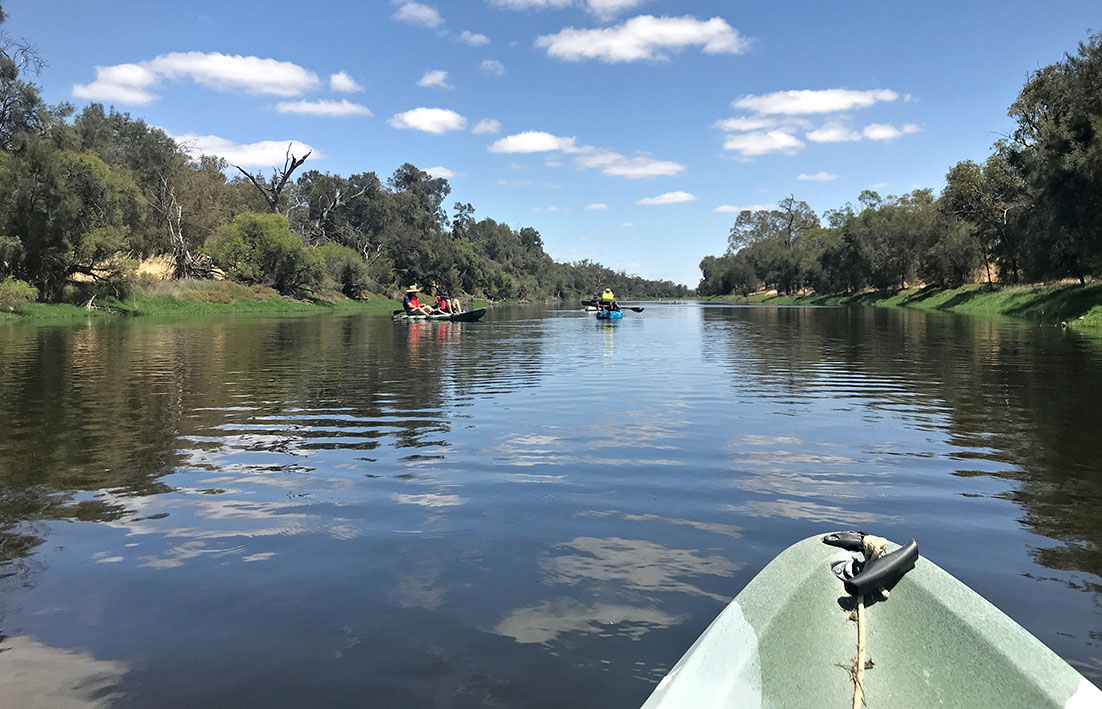
THREE groups are combining their efforts to increase awareness of Western Australia’s only freshwater semi-aquatic mammal, which was thought to be extinct in the Wheatbelt until it was rediscovered in the Shire of York eight years ago.
The rakali or moyitj as it is known in Wadjuk Noongar is commonly known as the Australian water rat – but it’s not a rat.
River Conservation Society chairman John Crook said it’s one of the only two semi-aquatic mammals found in Australia – the platypus being the other – and is common throughout Australia and throughout the South West of WA.
It was considered to be extinct in the Wheatbelt for many years due to a lack of food and poor water quality in the Avon and a few other rivers.
“It was rediscovered in the Shire of York by the conservation society in 2015 and since then we’ve found it in five river pools in the Shire of York but only in small numbers,’’ he said.
“Recently it’s been rediscovered on the Dale River by the Friends of the Dale River and I believe it’s recently been photographed in Northam by the Avon Valley Environmental Society.’’
Mr Crook said a big male rakali can grow to about 300 to 400mm long in body with about the same size tail.
They are quite robust, about the size of a small possum but mostly a bit smaller than that.
“They’re distinctive because they always have a white tip on their tail.’’
The York based River Conservation Society has recently formed the Rakali Alliance group with the Avon Valley Environmental Society and Friends of the Dale River.
The three groups have a collaborated and shared information with the aim of the alliance to lift public awareness and improve the rakali’s habitat.
Mr Crook said the River Conservation Society was in the middle of a three-year program to study the rakali in the Shire of York.
“We received a grant through the state Natural Resource Management program to purchase equipment (such as) cameras – and to carry out the study,” he said.
He said River Conservation Society will also be working with the Department of Water and Environmental Regulation to conduct river surveys at know Rakali locations in November, with the Avon River Environmental Society and Friends of Dale River invited to help them as well.
“The conservation society has done a lot of planting along the river to try and restore some of the habitat and help filter out the water that runs off agricultural land.
“Throughout the Wheatbelt one of the major problems for the health of the Avon River has been the development of agriculture, which we all need but obviously runoff from farms – fertilisers, silt from summer storms – has a big effect on the river.
“Also back in the late 50s early 1960s there was a river training scheme carried out on the Avon to try and reduce flooding.
“That resulted in nearly all the large deep river pools filling up with silt and destroyed a lot of the habitat so it’s a matter of just trying to make the best out of the habitat we’ve still got here.”
Mr Crook said they get most of their photos of the rakali at night, early morning and late evening, as he said that’s when the semi-aquatic mammal was safer from predators.
“But we have seen them during the day time on overcast days and we’ve seen them when we’ve been out on the river in kayaks setting cameras,’’ Mr Crook said.